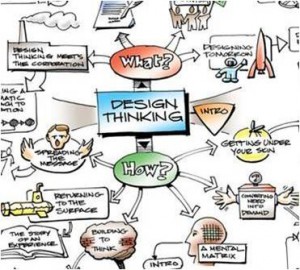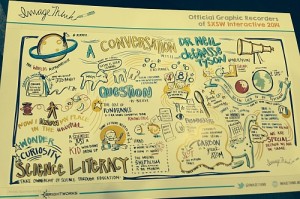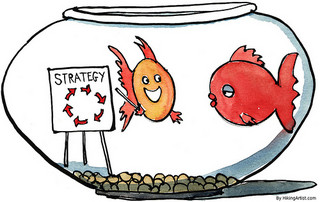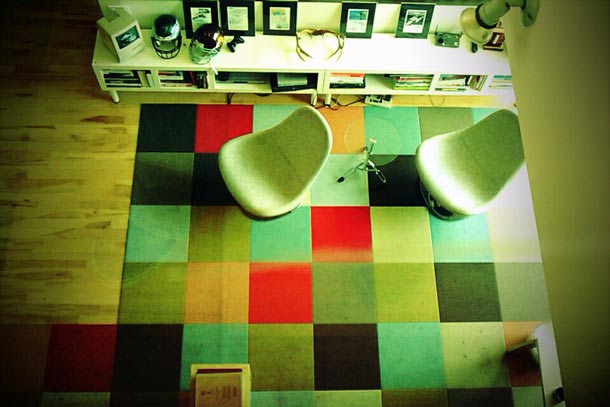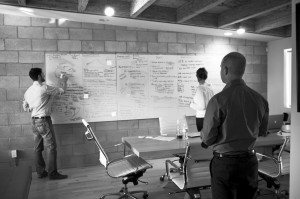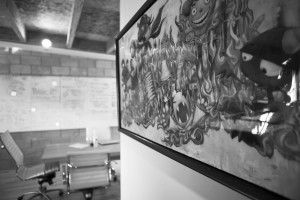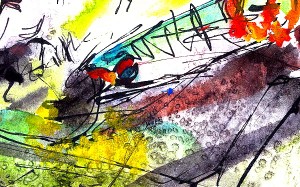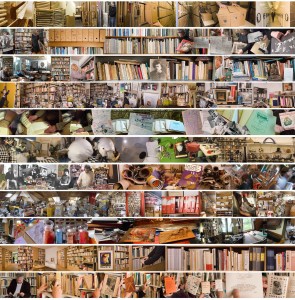Humans innovate. We are wired and curious seekers. And when it comes to work, we are, it seems, inexorably driven to tinker and improve the patterns, people and processes. We can’t help but seek out the novel ways to create and produce our services and products. Alexis de Toqueville in the 18th Century wondered about the “American” temperament of industriousness, what he and many after him, referred to as a resolved determination to seek more and more value in everything.
Interconnecting with what was thought to be a superficial “seeking of value,” is the active pursuit of innovation. It’s no small task to step back from habits and mindsets of work and build better products or engineer services people feel they must have. Steve Jobs, heralded as the innovator archetype, embodies this philosophy and action, with his ambition and obsessive approach to product design.
But the way we frame Steve Jobs often overlooks his intellectual depth, passion and purpose. It’s an unconscious move, a mental shortcut really. It’s easier to evaluate successes backwards than it is to study the billions of people who almost succeed or fail any given year and to see what works.
Jobs’ many successes, the ones that matter to design thinkers, were his grit, systemic thinking, flexibility and originality. More than a leader of design-driven products, he drove businesses to understand the value designers bring to the bottom line and innovative company cultures. He taught us that design thinking is radical and cyclical. It seeks to outpace demand, and bring excitement to crowded and competitive markets. More than corporate value, thinkers like Jobs normalized the belief that designers were integral to business thinking.
There are plenty of books about Jobs, some good, but most unexceptional. I want to draw attention to a recently published book that isn’t about Jobs, but nonetheless carries his design-thinking legacy and places it firmly and realistically into our time.
The Rise of the DEO, Leadership By Design by Maria Guidice and Christopher Ireland is a how-to book that doesn’t promise you will become a design thinker — but you just might. By way of clear prose and case studies, the authors take you out of yourself and hold up a mirror of reality. Times are quickly changing; it’s no longer enough to think like Jobs. To stay relevant, firms need to find and retain talent who will work, experiment and work some more. Innovative firms are run with the help of innovative people who ask for help, make mistakes and do what scientists have done for centuries — laboriously use their minds to craft solutions. Take a step back and think harder and smarter for solutions. It’s the 10,000-hour rule with mind maps and directions.
So surround yourself with people who will push, challenge, instigate, and affirm (or not) your pursuit of becoming a design thinker.
